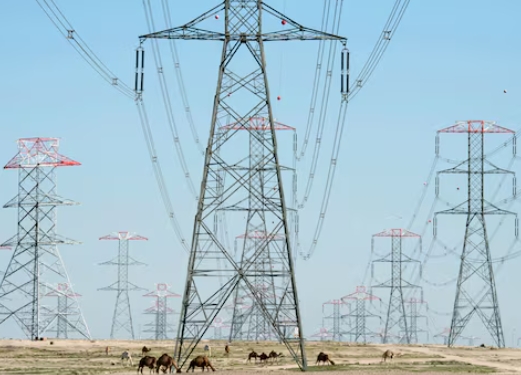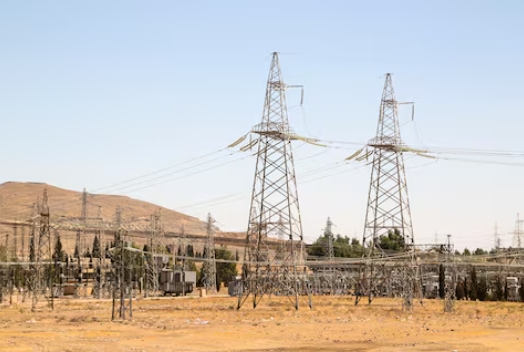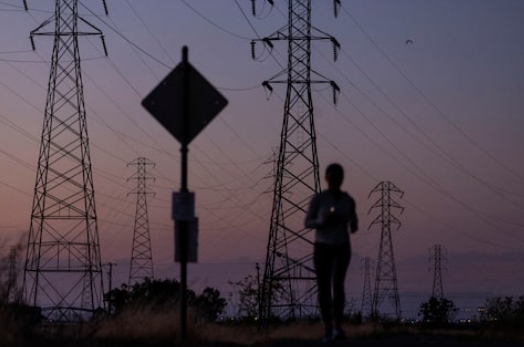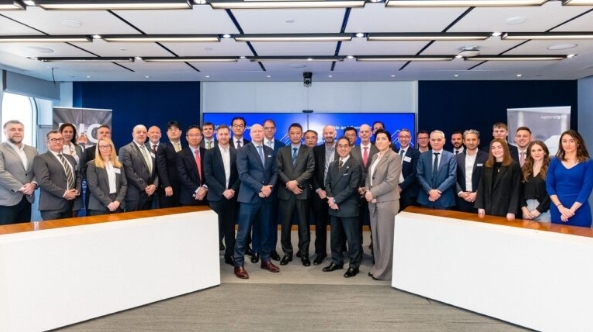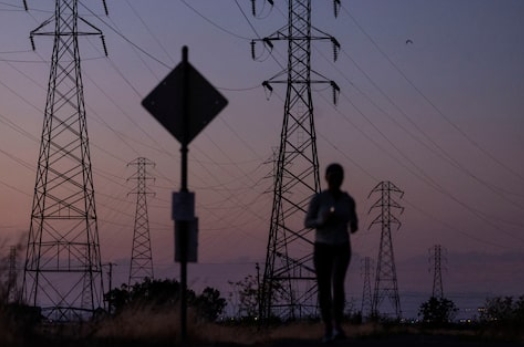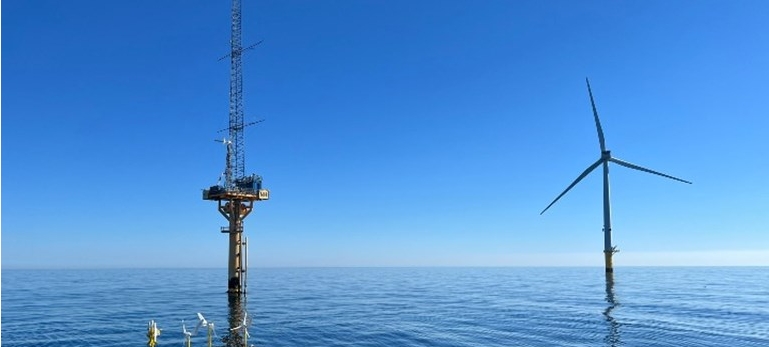Today Eskom presented its Clean Coal Technology initiatives and briefed Parliament’s Portfolio Committee on Mineral Resources and Energy on its measures to comply with particulate matter; sulphur dioxide (SO2); and oxides of nitrogen (NOx) emission in compliance towards the Minimum Emission Standard (MES), as well as mitigate its carbon dioxide (CO2) emissions from existing plants.
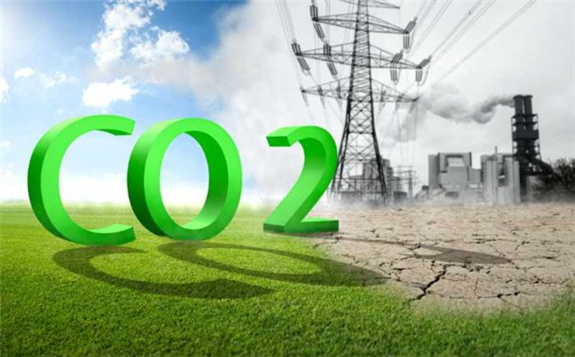 KenGen seeks advisory for sale of certified emission reductions. Image credit: 123rf.
KenGen seeks advisory for sale of certified emission reductions. Image credit: 123rf.
During the presentation, Eskom Group chief executive André de Ruyter told the committee the utility is very much aware of the negative environmental impact of some of its operations, particularly the emissions and water use of the coal fired power stations.
With the new minimum emissions standards now in place, a number of Eskom coal-fired stations will have to undergo a series of upgrades. That’s because electrostatic participators on certain plants are incapable of meeting the new minimum emissions standards.
According to Eskom, the cost of bringing the ageing coal fleet into full compliance with minimum emission standards would exceed R300 billion, which would involve the utility retrofitting more economical and environmentally friendly technologies on its power stations, while ensuring that there is adequate electricity to supply the demands of the South African economy.
Installation of these abatement technologies will also have an impact on power station output, and require additional capital, operating and maintenance costs.
Low carbon electricity generation
The restructuring of Eskom into three wholly-owned division is a key enabler to the introduction of lower carbon and renewable generation technologies, by setting up the Independent Transmission System and Market Operator (ITSMO), which will facilitate the implementation of the IRP19, and greater private sector investment in generation capacity to address the expected shortfall in capacity.
Through Clean Coal Technologies and the Just Energy Transition office, a transition to net zero greenhouse gas emissions will be achieved through migration by 2050 by increasingly introducing low and no carbon electricity generation to the generation fleet.
The options to improve particulate emission performance include upgrades of electrostatic participators, addition of Flue Gas Conditioning and installation of High Frequency Transformers (HFTs), failing which the plants will have to be retrofitted with fabric filter plants. Dual Flue Gas Conditioning coupled with HFTs was identified as a technology combination that can significantly improve electrostatic participator performance incurring lower capital expenditure.
These Clean Coal Technologies and the Just Energy Transition offer an opportunity to reduce emissions in a more cost-effective manner. Other measures are planned for implementation in the near future,and promising concepts are at the research and pre-feasibility phase.
While this transition will take time, action is needed now to address the environmental impact of the existing coal fleet. In this regard, Eskom continues to take steps to address emissions and reduce water consumption.
Through its Research, Testing and Development unit, Eskom is actively pursuing research and developing technology options that can assist Eskom to implement solutions that will have a positive environmental impact and improve cost efficiencies.
